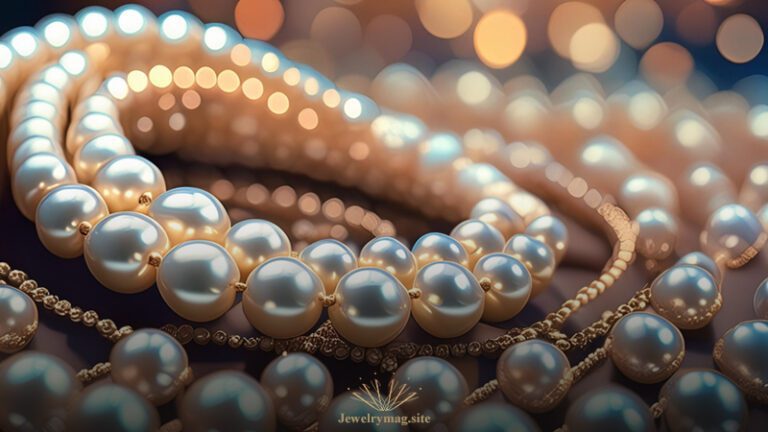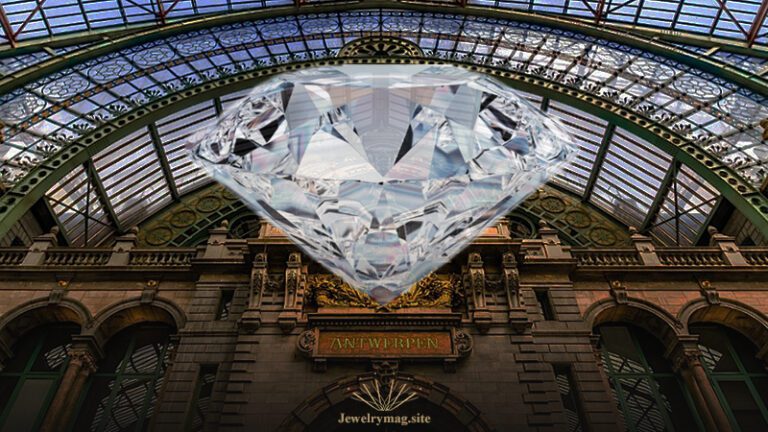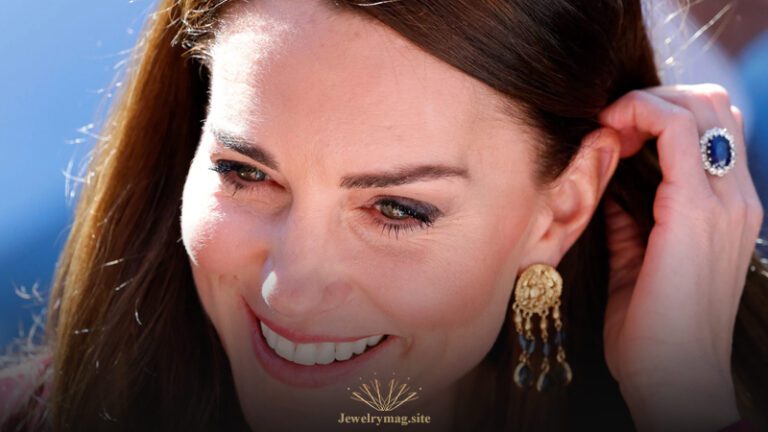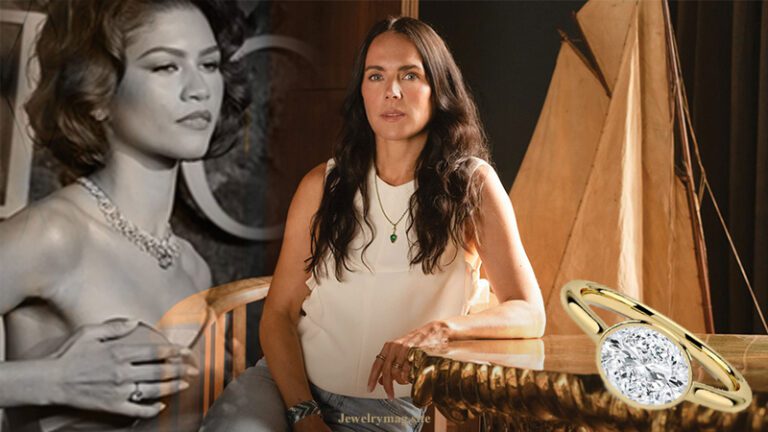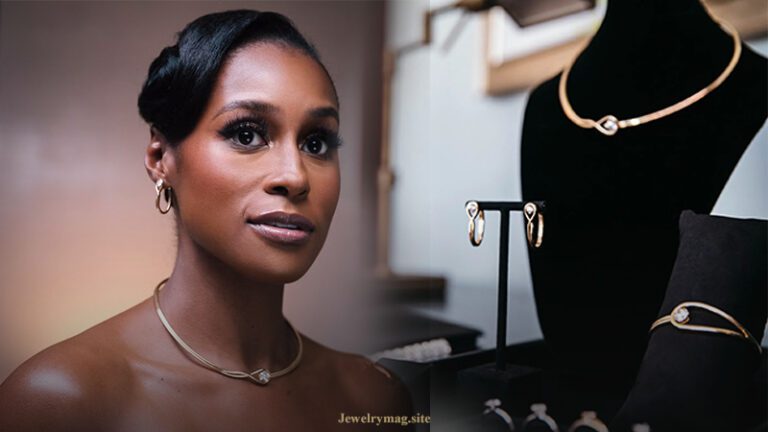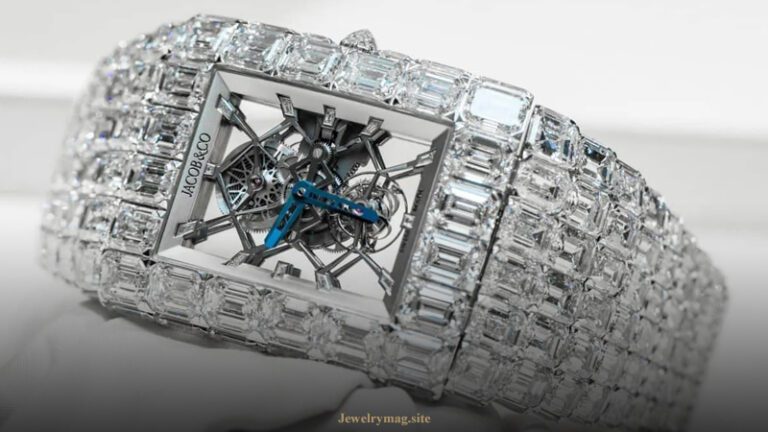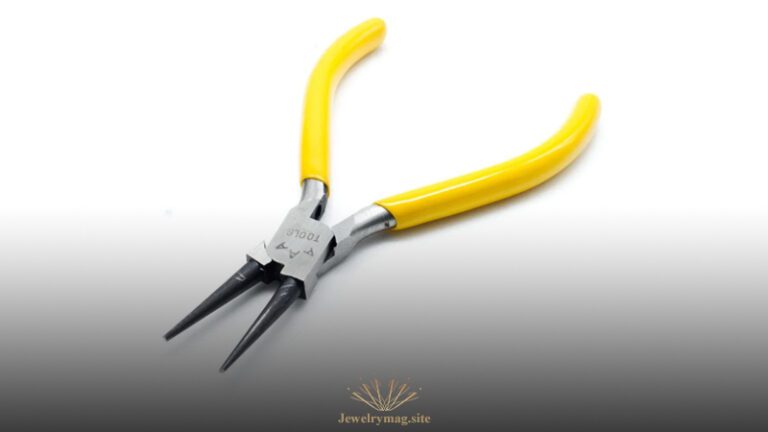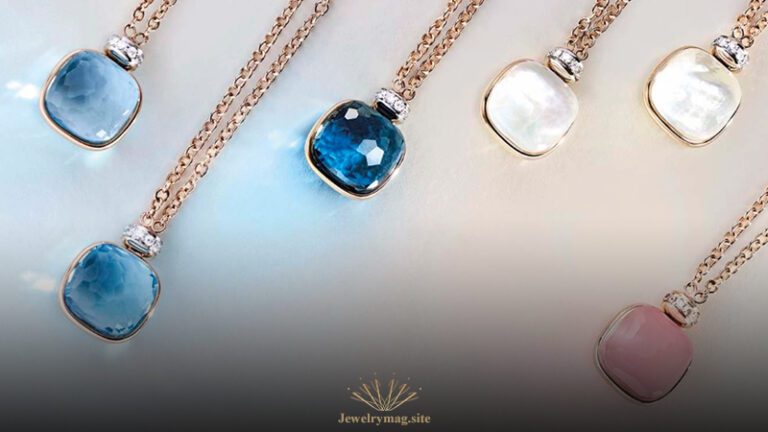Pearls have fascinated humanity for millennia, symbolizing purity, elegance, and luxury. Unlike other gemstones that require mining and extensive cutting, pearls come into existence as natural marvels from the depths of the ocean or freshwater bodies. This comprehensive guide delves into the multifaceted world of pearls, exploring their history, cultural significance, types, formation process, and role in contemporary fashion.
Historical Significance of Pearls
Ancient Civilizations
The allure of pearls dates back to ancient civilizations. In Mesopotamia, pearls were cherished as early as 2300 BC. The ancient Egyptians valued them for their beauty and rarity, often burying them with their dead to ensure a prosperous afterlife. The Romans, known for their opulence, regarded pearls as the ultimate symbol of wealth and social standing. Julius Caesar once enacted a law limiting the wearing of pearls to the ruling class alone.
The Middle Ages
During the Middle Ages, pearls continued to be a marker of wealth and nobility. They were used in the adornment of crowns, clothing, and religious artifacts. The European aristocracy, especially during the Renaissance, was enamored with pearls, often showcasing them in portraits and court attire.
The Age of Exploration
The Age of Exploration brought new sources of pearls to Europe. Spanish explorers discovered rich pearl oyster beds along the coasts of the Americas, leading to an influx of these gems into European markets. This period also saw the establishment of trade routes, making pearls more accessible yet still maintaining their status as symbols of luxury.
Cultural Significance of Pearls
Eastern Cultures
In Eastern cultures, pearls have long been imbued with mystical and medicinal properties. In China, they were believed to confer wisdom and were used in traditional medicine. Chinese royalty often wore pearl jewelry, considering it a symbol of power and longevity.
In India, pearls have adorned deities in temples and have been integral to royal regalia. They were often gifted during weddings and significant ceremonies, symbolizing purity and prosperity.
Western Cultures
In Western cultures, pearls have been celebrated in art, literature, and fashion. They are often associated with femininity and marital purity. The tradition of brides wearing pearls on their wedding day is rooted in the belief that pearls bring marital bliss and prevent tears.
Types of Pearls
Natural Pearls
Natural pearls are formed without human intervention, making them exceedingly rare. These pearls develop when an irritant, such as a parasite, becomes trapped in the soft tissue of a mollusk. In response, the mollusk secretes layers of nacre around the irritant, eventually forming a pearl.
Cultured Pearls
The advent of cultured pearls in the early 20th century revolutionized the pearl industry. Pioneered by Kokichi Mikimoto in Japan, the process involves inserting a nucleus into a mollusk, which then coats the nucleus with nacre. This method allows for more consistent and abundant pearl production.
Freshwater Pearls
Freshwater pearls are primarily cultivated in mussels rather than oysters. They are known for their wide range of shapes, sizes, and colors. China is the leading producer of freshwater pearls, which are generally more affordable than their saltwater counterparts.
Saltwater Pearls
Saltwater pearls, including Akoya, Tahitian, and South Sea pearls, are cultivated in oysters. Akoya pearls, originating from Japan, are renowned for their lustrous white appearance. Tahitian pearls, from French Polynesia, are famous for their unique black hue with overtones of green, blue, and purple. South Sea pearls, found in the waters of Australia, Indonesia, and the Philippines, are valued for their large size and luxurious golden or white colors.
The Formation Process of Pearls
The Role of Mollusks
The process of pearl formation begins with the mollusk, which can be an oyster or a mussel. When an irritant enters the mollusk’s shell, it becomes trapped in the mantle tissue. To protect itself, the mollusk secretes nacre, a combination of aragonite and conchiolin, around the irritant.
Layering of Nacre
The nacre layers build up over time, creating the pearl. This process can take several months to years, depending on the type of mollusk and environmental conditions. The quality of the nacre layers determines the pearl’s luster and overall value.
Harvesting Pearls
Pearl harvesting requires skill and precision. Farmers carefully open the mollusks to extract the pearls without damaging them. In cultured pearl farming, this process is repeated, and the mollusks are often returned to the water to produce more pearls.
Modern Cultivation and Environmental Impact of Pearl Farming
Advances in Pearl Farming
Modern pearl farming techniques have greatly improved since Mikimoto’s time. Today, farmers use advanced methods to ensure the health of mollusks and the quality of pearls. This includes regular monitoring of water quality and mollusk health.
Sustainability Concerns
While pearl farming is generally considered more sustainable than other gemstone mining practices, it is not without its environmental challenges. Over farming, pollution, and climate change pose significant threats to mollusk populations. Sustainable practices, such as limiting the number of nucleations per mollusk and protecting natural habitats, are essential for the industry’s future.
Pearls in Contemporary Fashion
Timeless Elegance
Pearls have retained their timeless appeal in modern fashion. They are often seen as a staple in both high-end and everyday jewelry. Classic pearl necklaces, earrings, and bracelets are favored for their versatility and elegance.
Modern Trends
Contemporary designers are constantly finding new ways to incorporate pearls into fashion. From baroque pearl statement pieces to minimalist designs, pearls are being reimagined to suit various styles. Celebrities and fashion icons frequently wear pearls, further cementing their status as a must-have accessory.
Ethical Considerations
With growing awareness of ethical and sustainable fashion, many consumers are opting for pearls from sources that prioritize environmental responsibility and fair labor practices. This shift is encouraging more pearl farms to adopt sustainable and ethical practices.
Cultural Depictions and Symbolism of Pearls
Literature and Art
Pearls have been a recurring motif in literature and art, symbolizing beauty, purity, and wisdom. In Shakespeare’s “The Tempest,” pearls symbolize transformation and redemption. Painters like Johannes Vermeer famously depicted pearls in their works, highlighting their elegance and the skill required to capture their luster.
Mythology and Folklore
Mythologies around the world have woven tales around pearls. In ancient Persian mythology, pearls were thought to be the tears of the gods. In Hindu mythology, the god Krishna is said to have plucked the first pearl from the ocean for his daughter’s wedding, symbolizing love and union.
The Future of Pearls
Technological Innovations
Advancements in technology are likely to continue shaping the pearl industry. Innovations in genetic research may lead to even more efficient and sustainable pearl cultivation methods. Additionally, new techniques in jewelry design and production will expand the creative possibilities for using pearls.
Market Trends
The demand for pearls is expected to grow as they remain a symbol of timeless beauty and luxury. Emerging markets in Asia and the Middle East are particularly poised to drive demand, with increasing affluence and a growing appreciation for fine jewelry.
Conservation Efforts
Conservation efforts will be crucial to the sustainability of pearl farming. Protecting marine ecosystems and ensuring the health of mollusk populations will require collaboration between scientists, farmers, and policymakers. Efforts such as breeding programs for resilient mollusk strains and initiatives to clean and protect water bodies are essential.
Famous Jewelry Brands That Use Pearls as the Main Gemstone
Pearls have long been a symbol of elegance, sophistication, and timeless beauty. Over the years, numerous renowned jewelry brands have incorporated pearls as the centerpiece of their collections, creating iconic pieces that celebrate the unique luster and allure of these precious gems.
Mikimoto
Founded by Kokichi Mikimoto in 1893, Mikimoto is synonymous with cultured pearls. Kokichi Mikimoto is credited with creating the first cultured pearl, revolutionizing the pearl industry and making these gems more accessible to the public. The brand has maintained its reputation for quality and innovation for over a century.
Mikimoto is renowned for its classic yet innovative designs. The brand emphasizes the beauty of Akoya pearls, known for their perfect round shape and high luster. Mikimoto also offers exquisite collections featuring South Sea, Tahitian, and Golden South Sea pearls.
Notable Collections
- Les Pétales Place Vendôme: This collection is inspired by the delicate petals of flowers, combining pearls with diamonds and other gemstones in intricate designs.
- M Collection: Featuring modern and minimalist designs, the M Collection showcases pearls in a contemporary light, appealing to a younger audience.
Tiffany & Co.
Founded in 1837, Tiffany & Co. has become an icon of American luxury jewelry. While the brand is famous for its diamonds, it has also created stunning pearl jewelry over the years. Tiffany’s legacy includes a rich history of craftsmanship and design excellence.
Tiffany & Co. often combines pearls with precious metals and gemstones, creating timeless pieces that exude elegance. The brand’s pearl jewelry ranges from classic strands to more contemporary designs, catering to various tastes.
Notable Collections
- Tiffany Victoria®: This collection features designs that highlight the natural beauty of pearls, combining them with marquise and round-cut diamonds for a dazzling effect.
- Tiffany Keys: Incorporating pearls into the iconic key motif, these pieces symbolize the opening of new possibilities and the elegance of pearls.
Cartier
Founded in 1847 in Paris, Cartier is renowned for its luxurious and innovative jewelry designs. The brand has a long history of using pearls in its creations, often combining them with other precious gemstones and metals.
Cartier’s pearl jewelry is characterized by its opulence and attention to detail. The brand often uses pearls in combination with diamonds, emeralds, and sapphires, creating pieces that are both elegant and striking.
Notable Collections
- High Jewelry Collections: Cartier’s high jewelry pieces often feature pearls as focal points, showcasing the brand’s craftsmanship and creativity in design.
- Panthère de Cartier: This iconic collection occasionally incorporates pearls, adding a touch of softness to the bold and fierce panther motif.
Van Cleef & Arpels
Van Cleef & Arpels, founded in 1906, is celebrated for its whimsical and nature-inspired designs. The brand has a long-standing tradition of using pearls to create intricate and enchanting jewelry pieces.
Van Cleef & Arpels is known for its use of motifs such as flowers, animals, and fairies, often incorporating pearls to enhance the ethereal quality of its designs. The brand’s pearl jewelry exudes a sense of magic and elegance.
Notable Collections
- Perlée: This collection features delicate designs that highlight the beauty of pearls, often combining them with gold beads and intricate settings.
- Alhambra: Although primarily known for its quatrefoil motif, the Alhambra collection sometimes incorporates pearls, adding a luxurious touch to these iconic pieces.
Boucheron
Founded in 1858, Boucheron is one of the oldest jewelry houses in Paris. Known for its innovative designs and high-quality craftsmanship, Boucheron has a rich history of creating exquisite pearl jewelry.
Boucheron’s pearl jewelry is characterized by its bold and avant-garde designs. The brand often combines pearls with unconventional materials and settings, creating unique and eye-catching pieces.
Notable Collections
- Nature Triomphante: This collection draws inspiration from nature, featuring pearls in designs that celebrate the beauty of flora and fauna.
- Histoire de Style: Incorporating pearls into historical and architectural motifs, this collection highlights Boucheron’s commitment to artistic expression and craftsmanship.
Chopard
Founded in 1860, Chopard is known for its luxurious jewelry and watches. The brand has a reputation for creating elegant and sophisticated pearl jewelry, often incorporating ethical practices in its sourcing and production.
Chopard’s pearl jewelry is elegant and timeless, often combining pearls with diamonds and other precious stones. The brand emphasizes sustainability and ethical sourcing, ensuring that its pearls are of the highest quality.
Notable Collections
- Happy Diamonds: Although primarily known for its floating diamonds, the Happy Diamonds collection occasionally features pearls, adding a unique twist to these playful designs.
- High Jewelry Collection: Chopard’s high jewelry pieces often incorporate pearls, showcasing the brand’s expertise in craftsmanship and design.
Conclusion
Pearls, with their rich history and cultural significance, continue to captivate people around the world. From ancient treasures to modern fashion statements, they embody a blend of natural beauty and human ingenuity.
As the industry evolves, the challenge will be to balance innovation and sustainability, ensuring that pearls remain a cherished gem for future generations. Whether worn as a symbol of elegance or admired for their unique formation process, pearls will undoubtedly continue to shine as one of nature’s most exquisite gifts.

